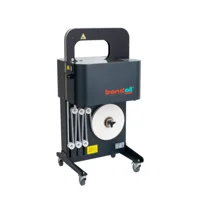
Bands vs sleeves: Which is more practical?
Packaging solutions need to be practical. Relying on a single packaging solution for one product in your entire product line is not practical nor efficient. Although bands and cardboard sleeves may seem similar, they differ greatly in terms of practicality as packaging solutions. Let's have an in-depth look at the different ways bands and sleeves differ in practicality.
Versatility
One of the key differences between bands and sleeves lies in their versatility as packaging solutions. Banding is a simple yet highly flexible process: products are placed in the banding arch, and a band wraps around them, securing them with perfect tension. This adaptability makes banding suitable for almost any product, regardless of size or shape.
On the other hand, cardboard sleeves are less flexible. As they are pre-made to specific dimensions, they are limited to packaging products of those exact sizes and can't be used for items with different dimensions.
But banding’s practicality extends beyond individual products. It also allows you to bundle multiple items together. Whether for promotions, storage, transport, or other purposes, banding offers versatile solutions. Cardboard sleeves, however, are constrained by their fixed size and can't accommodate different product quantities or dimensions for various needs like selling or storage.
Durability of material
The practicality of a packaging solution also depends on the quality and performance of the materials used. For products that are oily or moist, such as refrigerated foods or canned fish, material performance becomes a crucial factor. Cardboard sleeves can struggle in these environments as the material tends to absorb moisture, weakening its structure. While additional coatings can enhance durability, they come with higher costs, reduced recyclability, and increased taxes on less eco-friendly materials.
In contrast, banding materials, especially film, perform better in such conditions. Due to their impermeable nature, film bands prevent the absorption of liquids, ensuring the packaging remains intact and durable. Not only does this material offer superior performance in moist environments, but it is also more eco-friendly. Unlike coated cardboard, BOPP film doesn’t require extra treatments to achieve impermeability, making it easier to recycle and more sustainable overall.
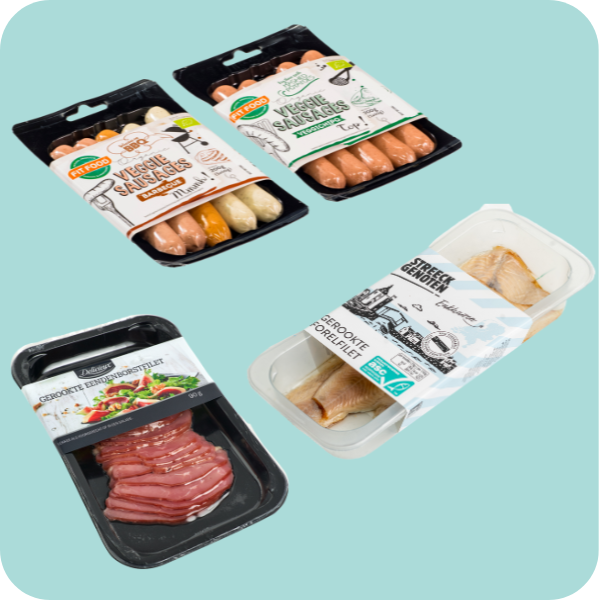
Achieving a perfect wrap every time
A practical packaging solution isn’t just about protecting a product, it’s about branding, presentation, and ensuring customers recognize their favorite brands. That’s why achieving a perfect fit is essential when choosing the right packaging method.
Bands are designed to wrap snugly around products, with optimal tension ensured by advanced sealing technology. Banding machines equipped with sensors can even adapt to slight variations in product dimensions, guaranteeing a secure fit every time. Take supermarket pizzas for example. No two pizza's have the exact same dimensions. A banding machine equipped with sensors would be able to detect these subtle differences and automatically adjust the band’s tension to ensure a perfect wrap.
Cardboard sleeves, on the other hand, lack this flexibility. Since they are pre-ordered in fixed sizes, they can’t easily accommodate variations in product dimensions. This can lead to multiple issues:
- Too tight? The product won’t fit, delaying packaging and shipping.
- Too loose? The sleeve may look oversized, reducing visual appeal and potentially slipping off.
- Wrong dimensions? The product might not be packaged at all.
These limitations make cardboard sleeves less practical for products with varying dimensions, whereas banding offers an adaptable packaging solution.
Circular economy suitability
Lastly, a practical packaging solution is a solution that is built for the future. Packaging trends suggest that the world is moving towards a more circular economy. This a system that is focused on reusing materials to minimize environmental impact. A key strategy in this movement is mono-material packaging, which uses a single type of material to simplify recycling and waste sorting.
When it comes to mono-material compatibility, banding and cardboard sleeves take very different approaches.
Banding naturally supports mono-material goals. Banding machines can apply either paper or film bands, giving businesses the flexibility to choose a material that aligns with their product’s packaging. Whether using paper bands for fully paper-based packaging or film bands for plastic-based packaging, banding ensures seamless recyclability.
Cardboard sleeves, while recyclable, are limited to paper. In the near future, they will no longer be suitable for plastic-based products, as this would complicate recyclability and conflict with mono-material packaging regulations. This restriction would further limit the applicability of cardboard sleeves as a packaging solution.
Future-proof, adaptable, and efficient
Practical packaging solutions go beyond simply protecting or branding products. They must provide flexibility, efficiency, and the ability to evolve as trends change. A practical solution should accommodate various product sizes, align with sustainability goals, and adapt to new challenges. Taking this into consideration, banding stands out as a more practical packaging solution when compared to cardboard sleeves.
Questions about our banding solutions?
Together we can find opportunities to optimize your packaging.
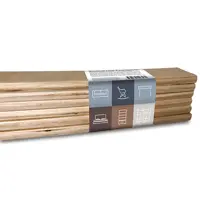
Applications of banding
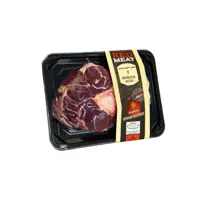
Bands vs sleeves: Impact of weight
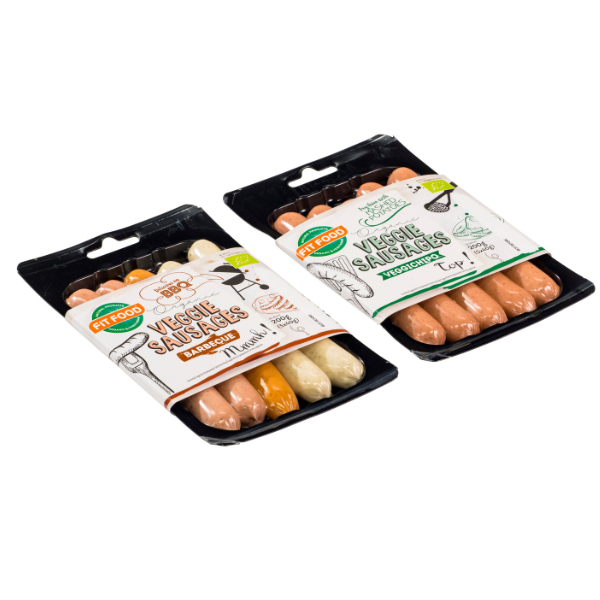
Band vs sleeves: Which is more efficient?
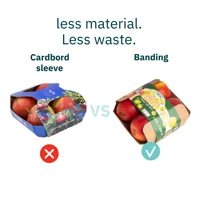
Banding vs. other solutions

Benefits of banding
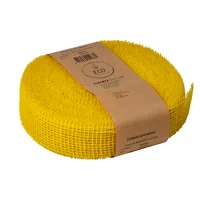
Zwartz - From shrink wrap to paper bands
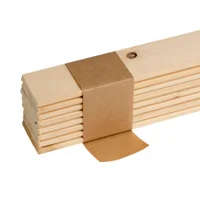
Novatrade - Improved quality and efficiency
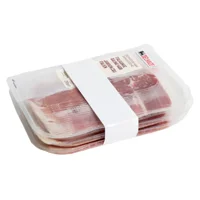
Packaging food products
